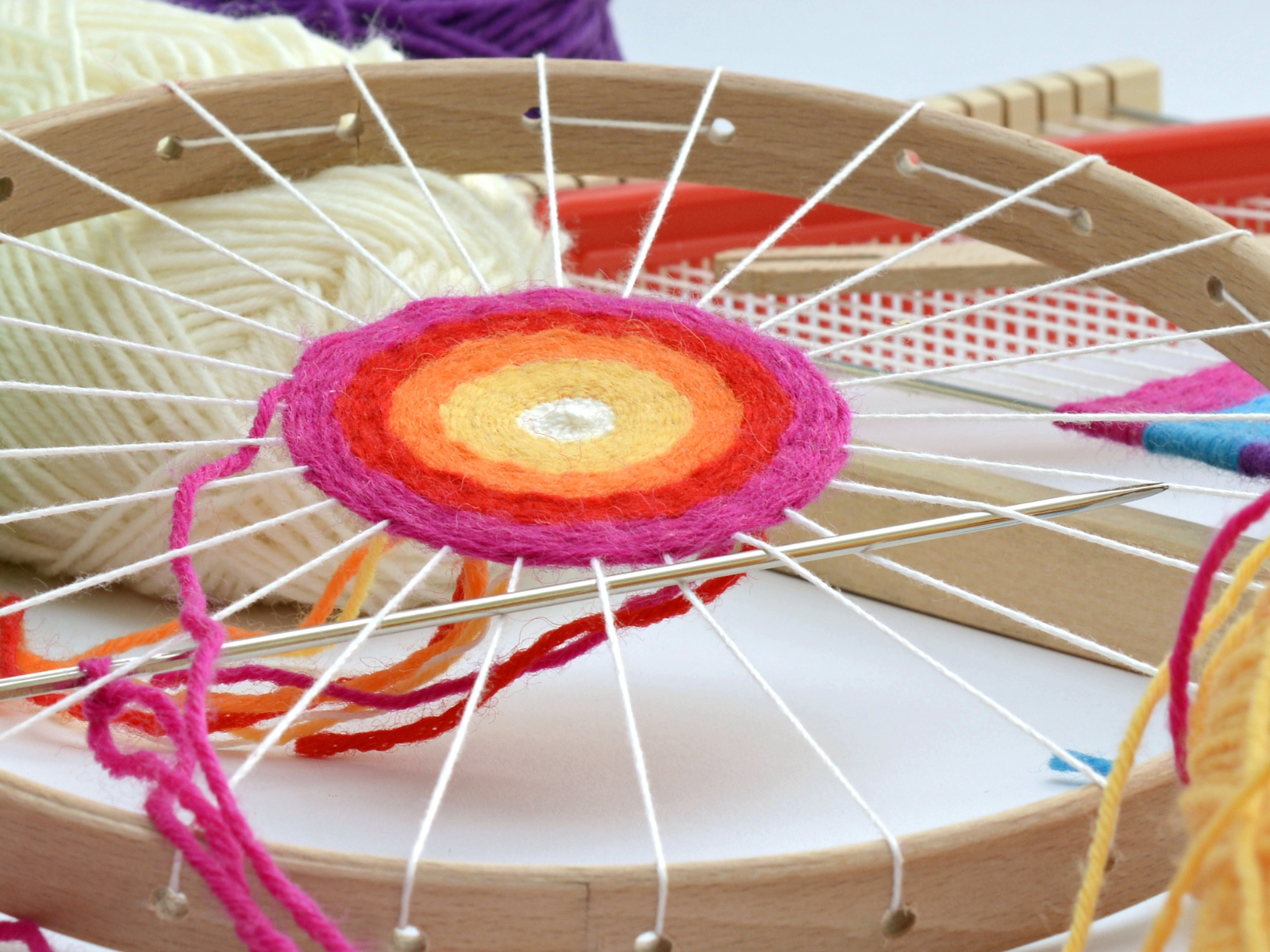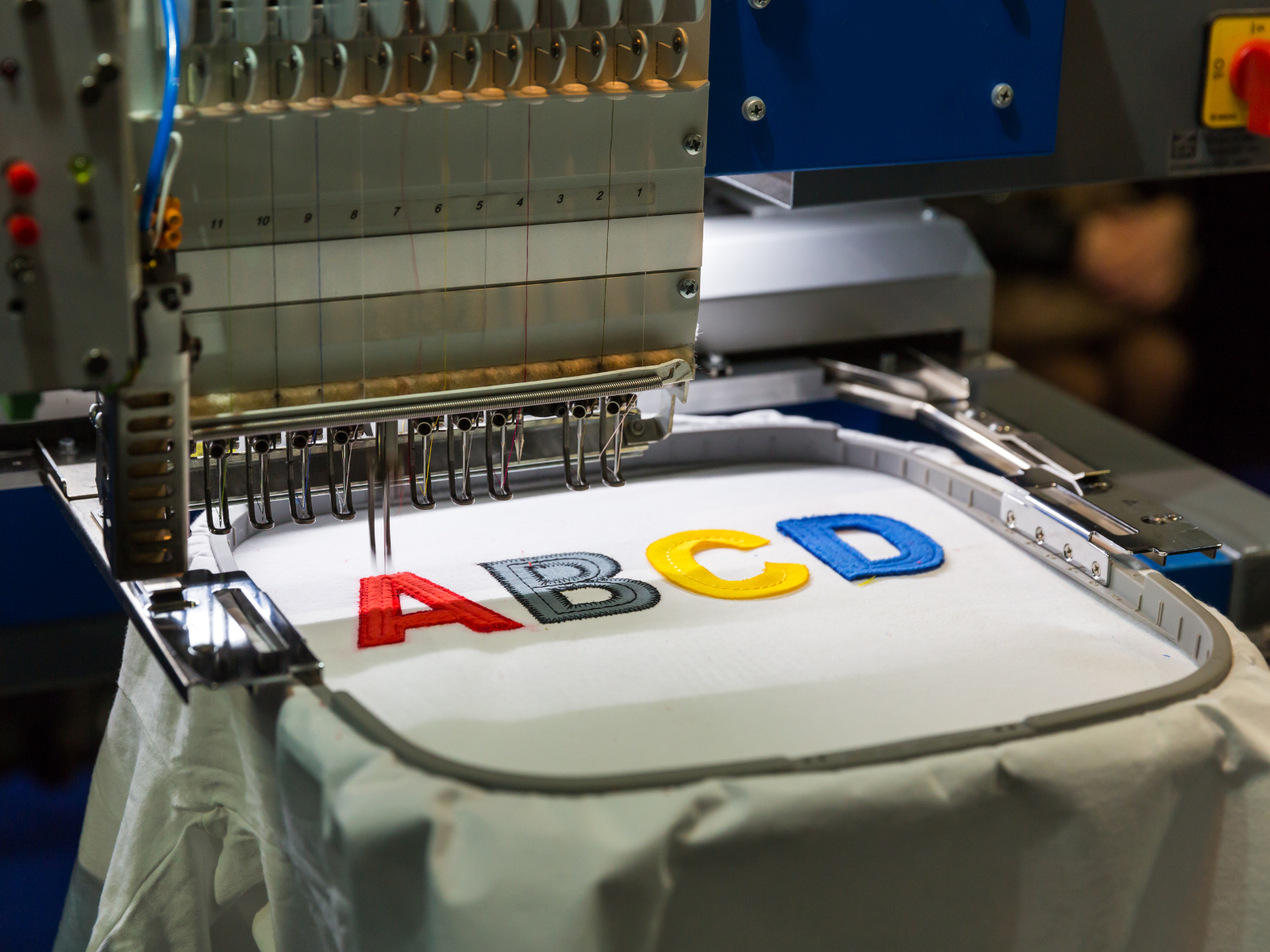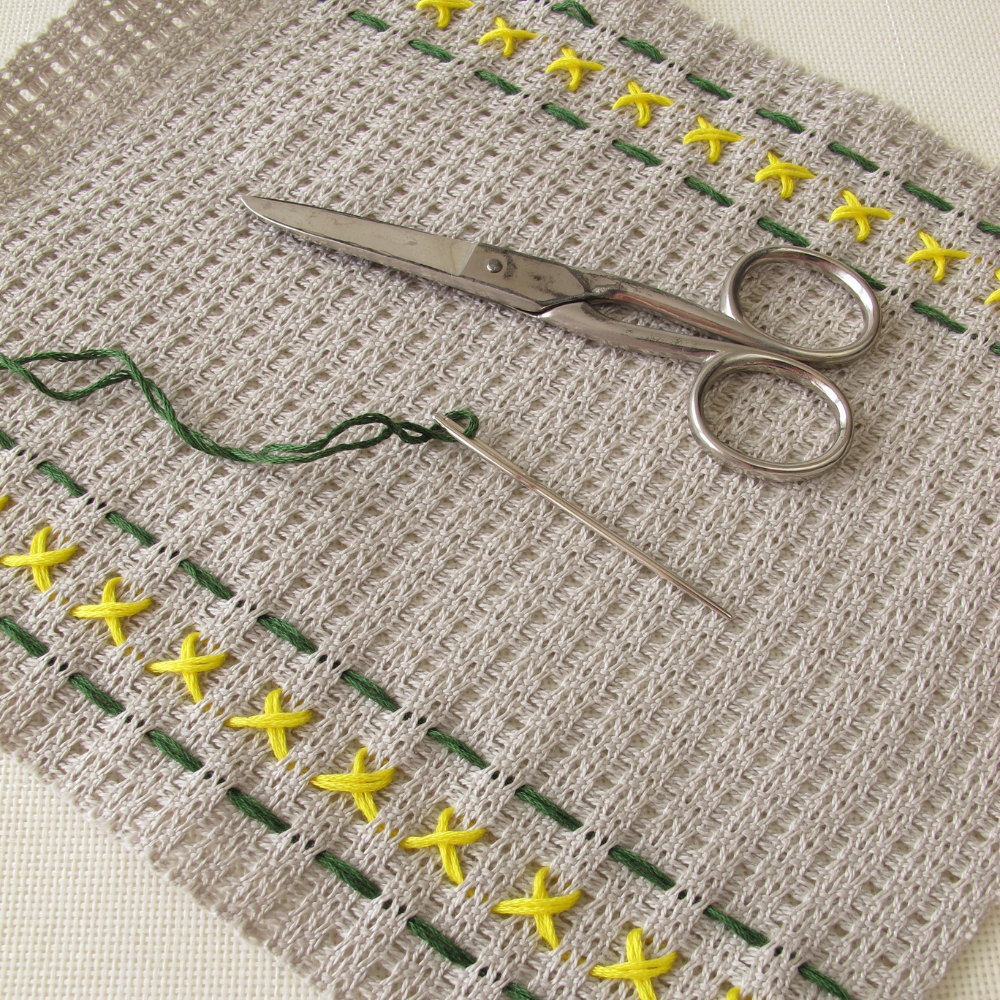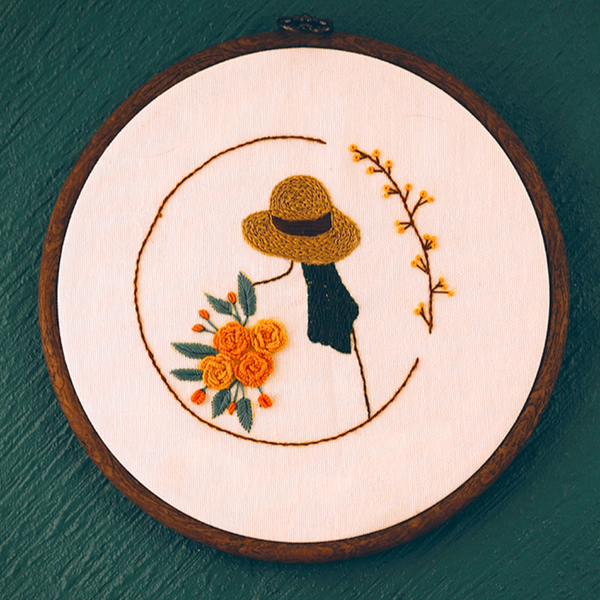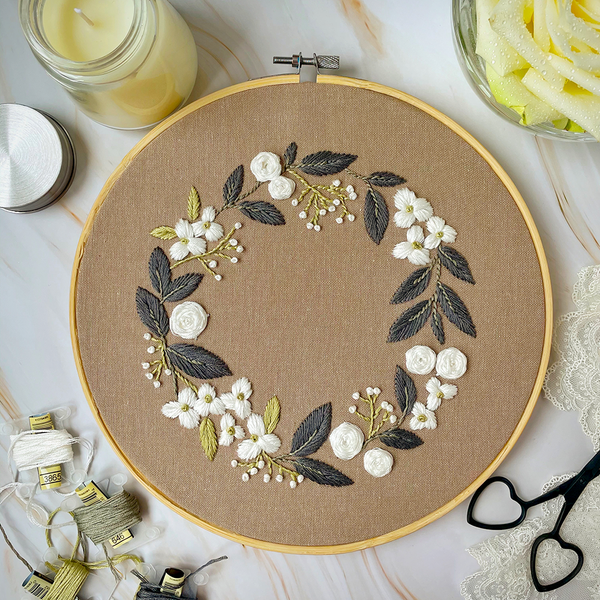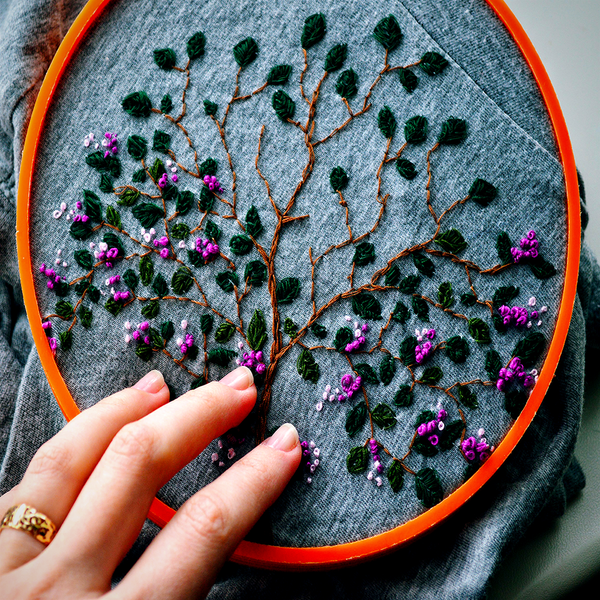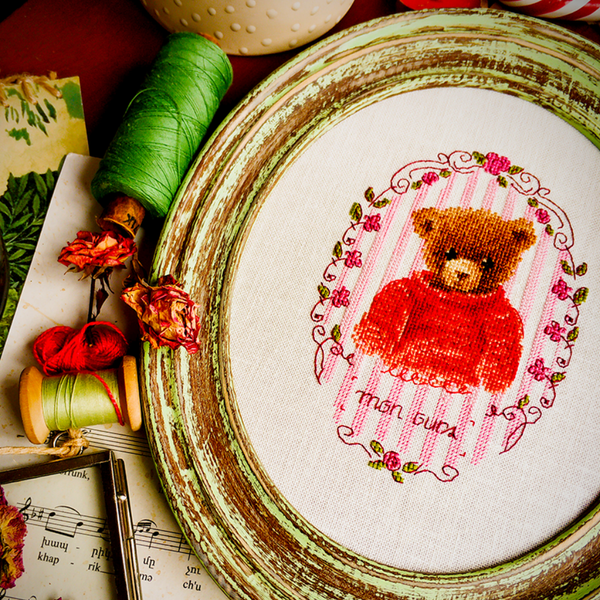Are you new to the world of textiles and wondering what the difference between weaving and embroidery is?
Do you sometimes find yourself confused when talking to fellow artists about their latest textile creations?
Once upon a fabric-filled land, two ancient techniques ruled the world of textile arts: weaving and embroidery.
For generations, they've been vying for the ultimate title of best textile technique, but the debate never ends.
Have you ever really stopped to consider the intricate differences between these two handcrafting genius modes of creating?
Well friends - today is your lucky day!
In this article, we'll explain the difference between these two techniques in a way that is easy to understand.
We're diving into this artistic feud and sorting out what makes weaving and embroidery unique so that every artist, no matter their skill level, can come away from this battle richer-in-knowledge than when they entered.
Get ready for some serious education on the basics - because here's what you need to know about the weaving vs embroidery debate!
So, buckle up, needle nerds and loom lovers, as we take you on a wild ride through the colorful world of threads, where weaving and embroidery face off in the ultimate showdown!
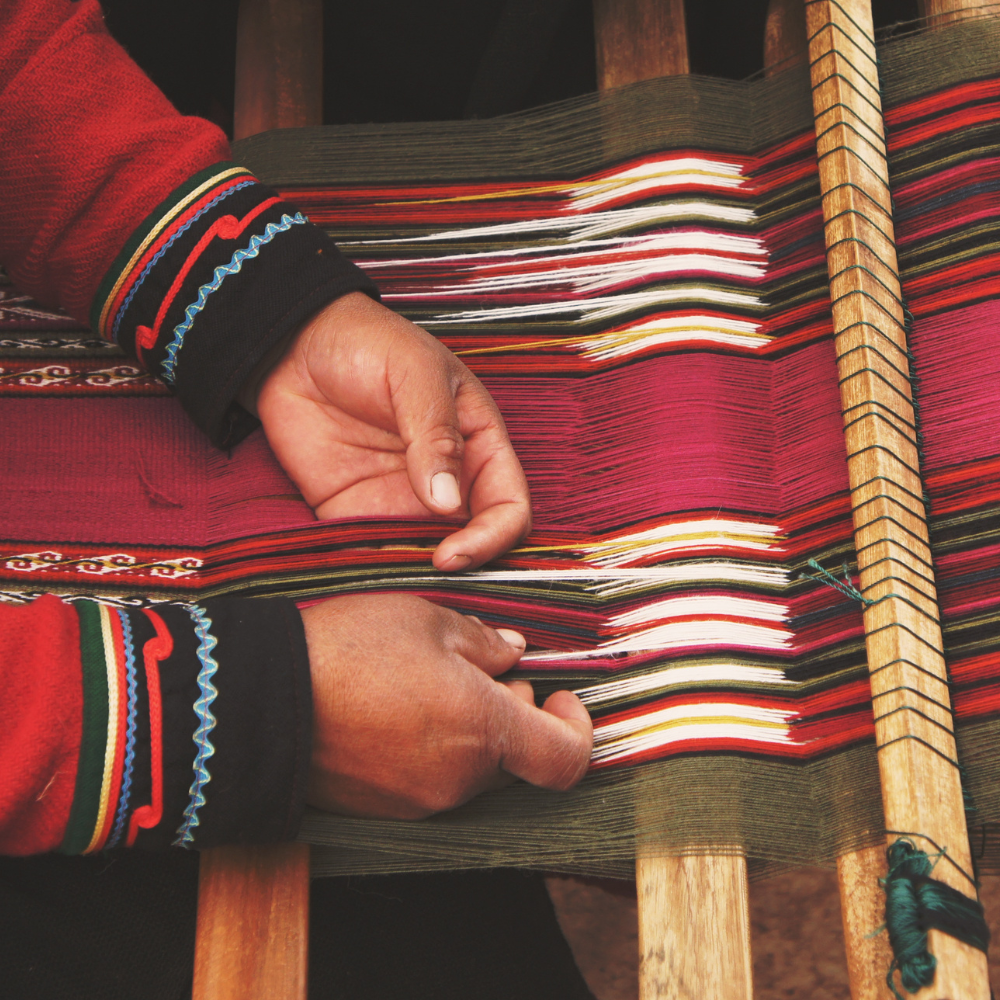
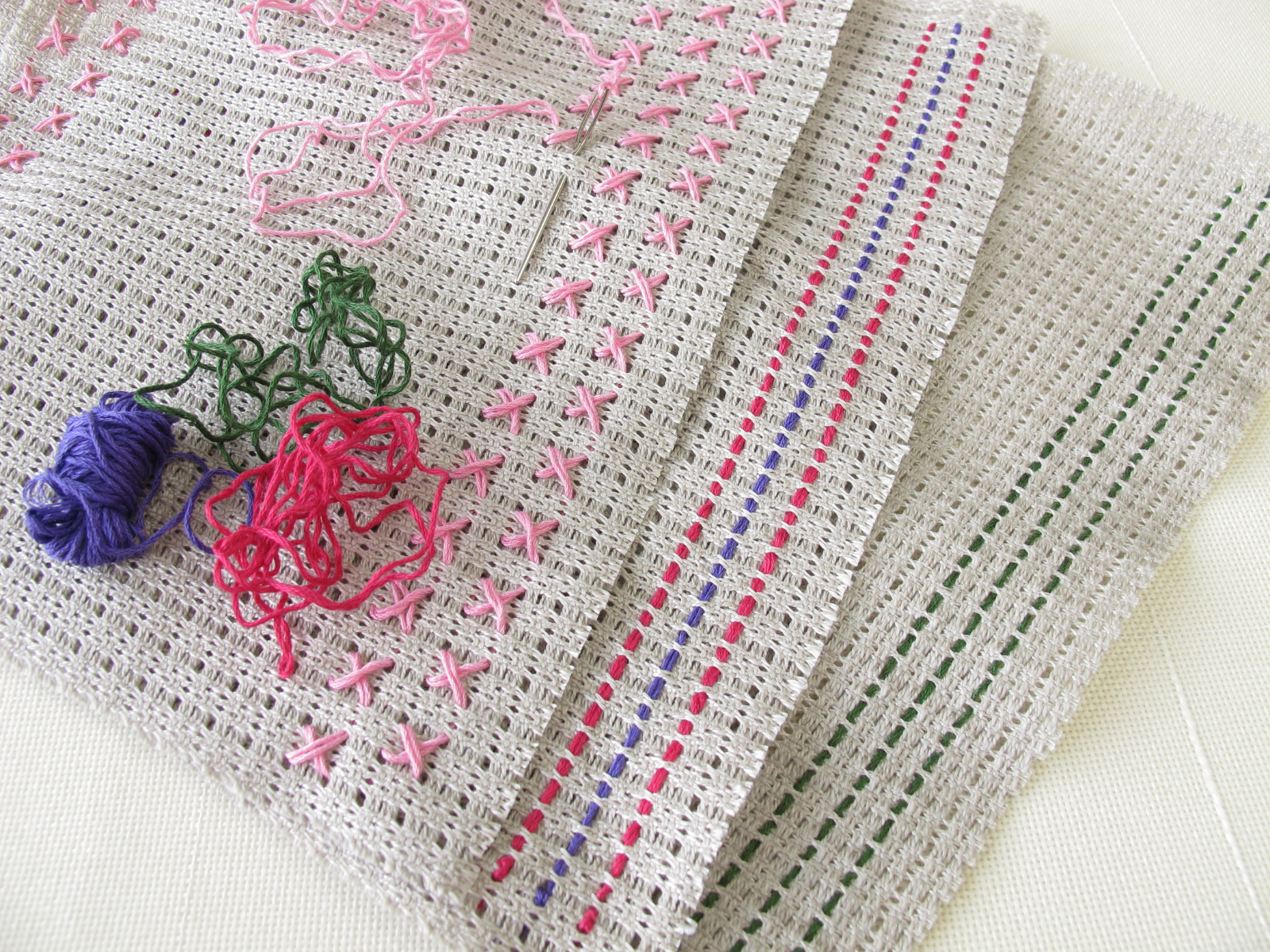

Back to Basics
Weighing in with countless interlaced threads, we have weaving!
The ancient art of intertwining threads to create a flat fabric, weaving is all about that warp and weft action.
With a loom as its trusty sidekick, weaving has been known to produce everything from cozy blankets to chic scarves.
The weaving process involves warp and weft threads that are woven over and under each other, creating a network of horizontal and vertical threads.
Warp threads are the lengthwise threads that hang from the loom and weft threads are the crosswise threads that are woven over and under them.
To achieve the desired pattern or color, various yarns are used and even recycled materials, such as rugs can be woven together.
Weaving techniques include plain weave, tapestry weave, satin weave, and twill weave, each creating woven fabrics that are as varied and unique as the weaver themselves.
Then armed with a needle, thread, and an eye for detail, we have embroidery!
This intricate art form stitches patterns and designs onto existing fabric, like a tattoo artist for textiles, decorating fabric with flair, a variety of colors, and depth of texture
Embroidery comes in many different forms, from classic cross stitch to beading and chain.
From monogrammed towels to stunning tapestries, embroidery techniques add that extra oomph to any fabric.
And unlike weaving, it does not need a loom; all you need is your trusty hands, an embroidery hoop, and some imagination!
That being said, you can even take advantage of machine embroidery by making use of embroidery machines to create intricate patterns with ease.
So, regardless of your skill level or equipment at hand, you can still get that perfect embroidered design.
Weaving and embroidery are two techniques used to create beautiful and intricate textile designs.
Weaving involves interlocking threads on a loom in order to create a pattern, while embroidery is the process of adding decorative stitching to a piece of fabric.
Embroidery adds decorative elements to a piece of fabric, while weaving creates the fabric itself.
Despite their differences, each technique has its own unique beauty and is worth getting to know if you’re looking to create something special.
Both techniques offer a variety of possibilities and are great for creating unique and beautiful textiles!
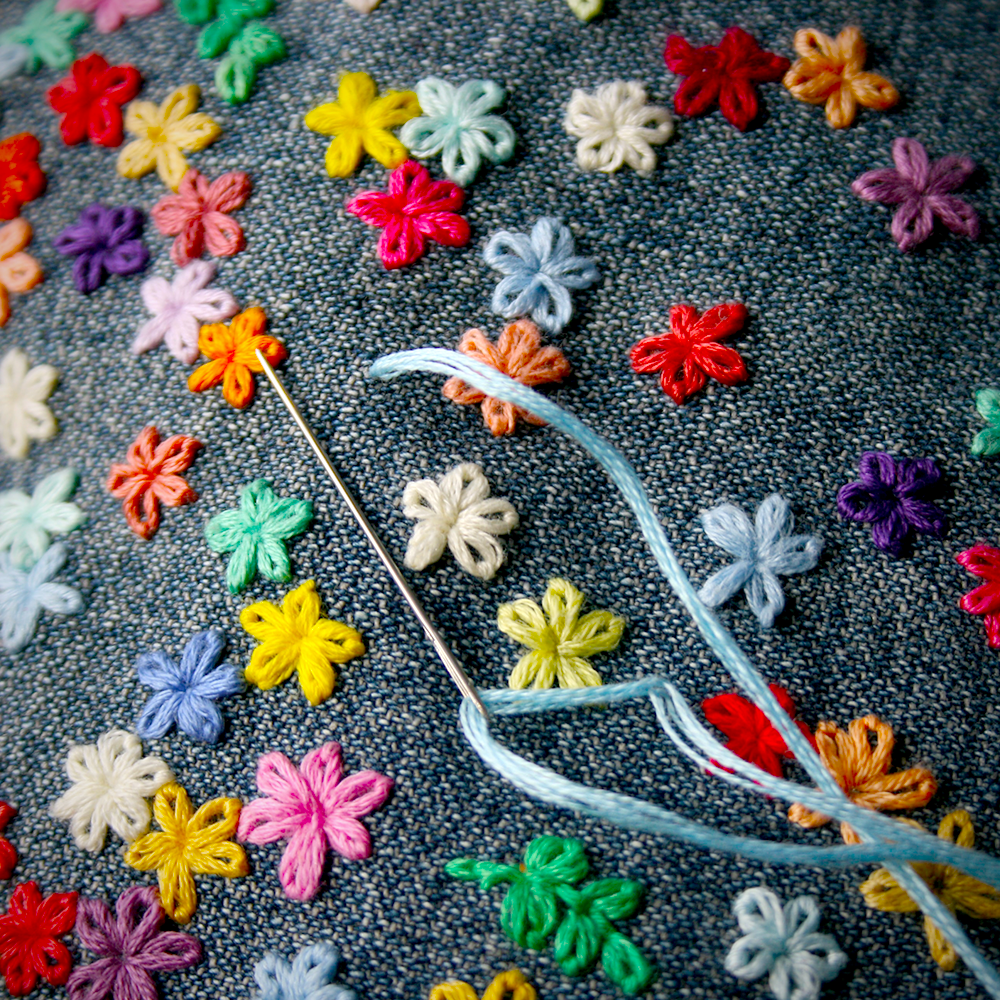
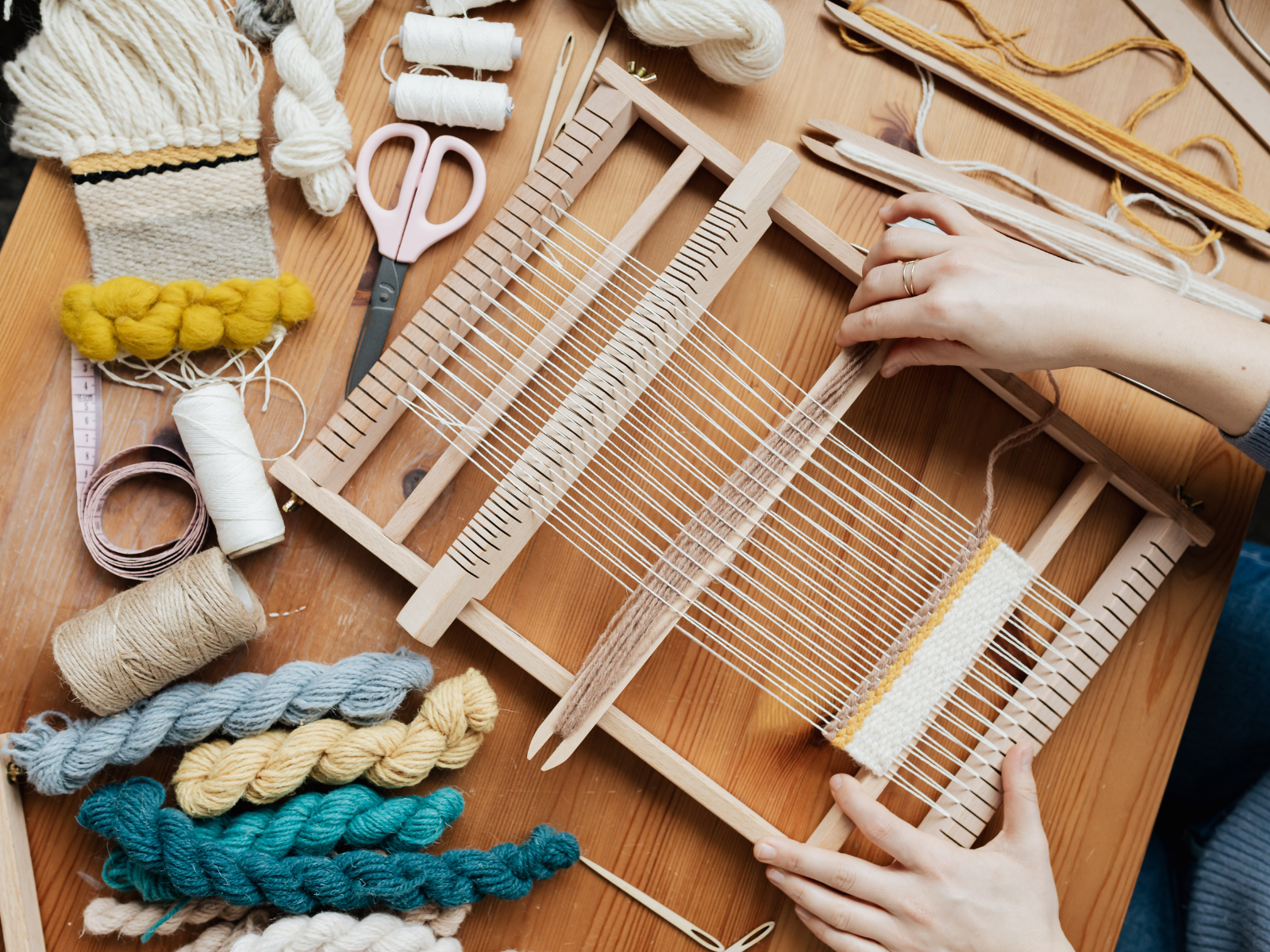

Exploring the Differences
Now that we have the basics down, let's explore the differences between these two techniques.
When it comes to fabric types, weaving has the upper hand.
By intertwining different threads and yarns, weaving can produce a wide variety of fabrics like felt, linen, canvas, and more!
Embroidery, however, works best with slightly thicker fabric; this is because it needs something solid to attach the thread onto.
Weaving is also known for its durability and strength, whereas embroidery can be delicate and prone to fading.
One of the key differences between weaving and embroidery is the tools used.
Weaving generally requires a loom, which can come in a variety of sizes and types.
On the other hand, embroidery can be done with just a needle, scissors, and thread, making it a more accessible technique for those who may not have access to a loom.
In terms of materials, weaving typically involves using yarn or other types of thread, while embroidery can be done with a variety of materials such as thread, ribbon, and even beads.
This allows for even more creative possibilities when it comes to embroidery.
Another key difference is the types of patterns and designs that can be created.
Weaving is often used to create larger, more geometric patterns, while embroidery allows for more beautiful and intricate designs.
This is because embroidery allows for greater control over the stitching and placement of individual threads.
Another difference to consider is the time and effort required for each technique.
Weaving can be a time-consuming process, depending on the size and complexity of the pattern being created.
The process can take anywhere from days to weeks, depending on the project.
In contrast, embroidery can be done relatively quickly, especially if using a basic stitch.
However, more complex designs may require more time and attention to detail.
Both techniques are great for creating beautiful textiles and expressing your creativity.
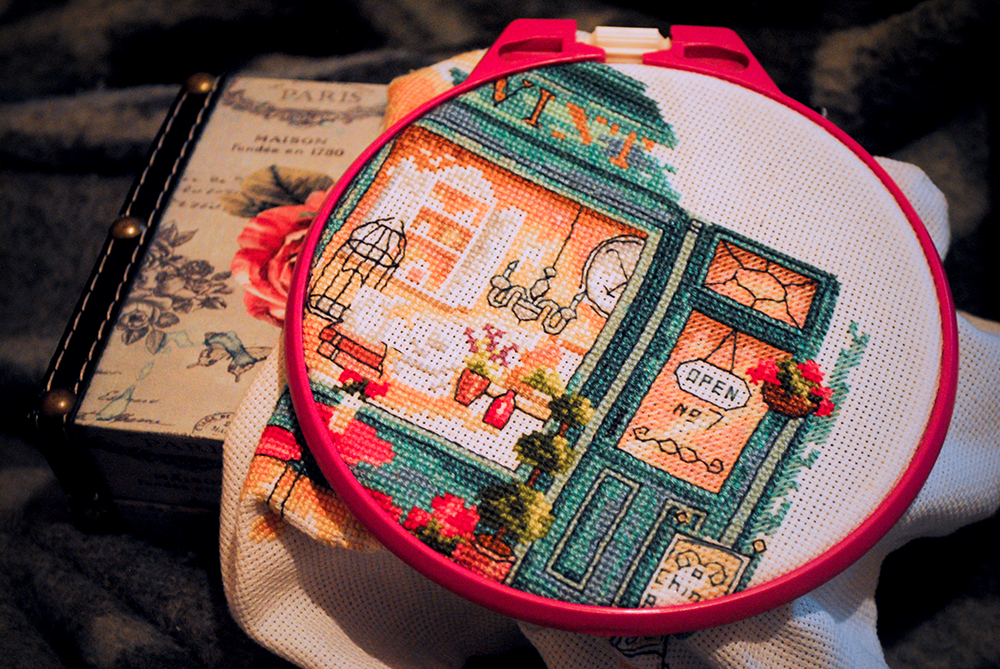

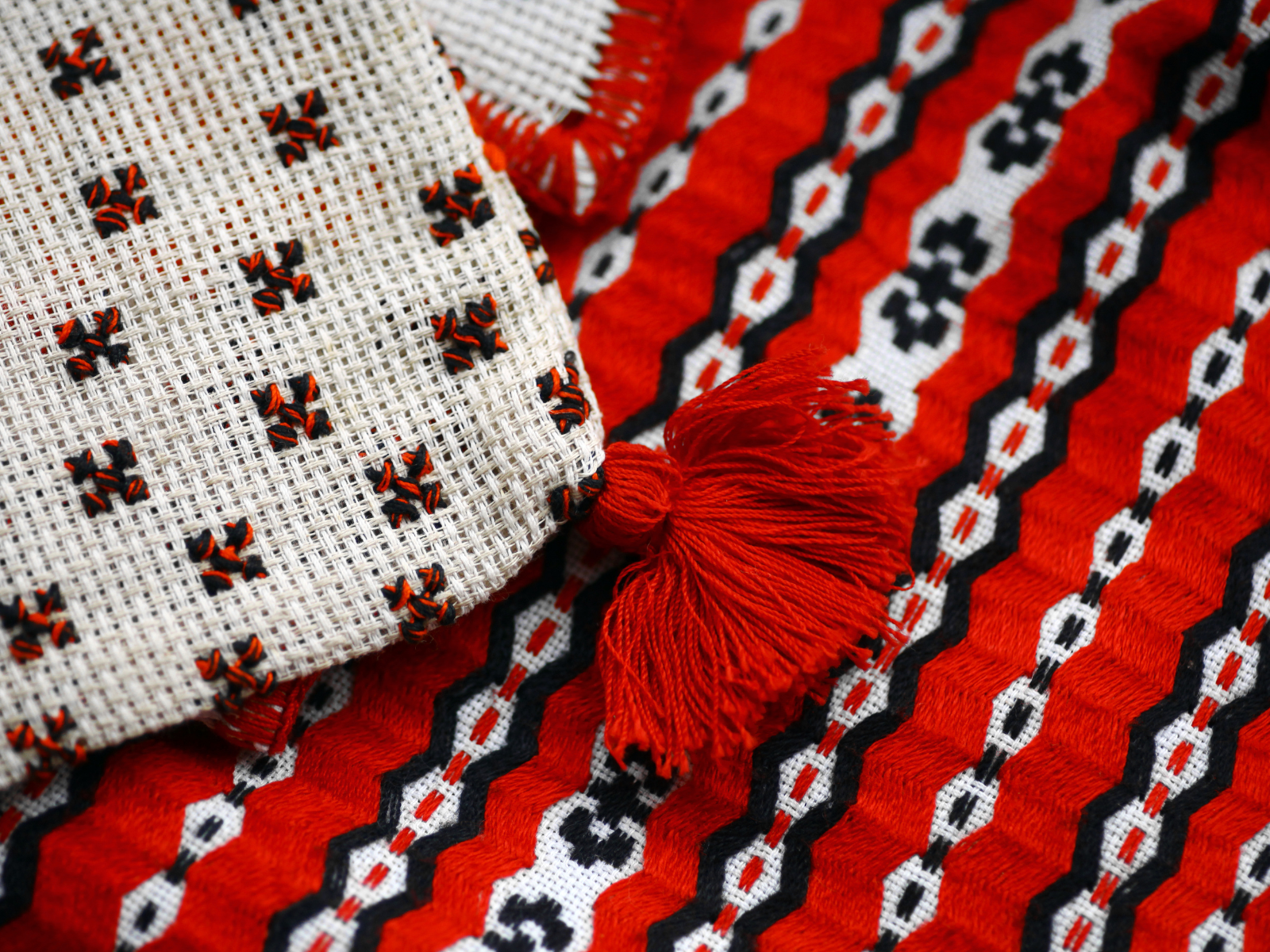
Pros and Cons of These Textile Techniques
Weaving and embroidery both have their own advantages and disadvantages.
When choosing between the two, it is important to consider your goals and the type of project you are working on.
Weaving packs a punch with its ability to create fabrics from scratch.
Plus, it's versatile – you can go from tight, sturdy weaves to loose, breezy ones, depending on your needs.
However, weaving can be quite time-consuming technique, which can be bulky and expensive.
On the other hand, embroidery lets you add a personal touch to pre-made fabrics.
It's perfect for customizing gifts or adding flair to a plain piece.
But beware – embroidery can be a bit of a diva, demanding patience and precision.
Newbies, beware of the dreaded "puckering" fabric!
Weaving and embroidery are two powerful techniques for creating beautiful textiles.
Both have their own advantages and disadvantages, but at the end of the day, it is up to you to decide which one will work best for your needs.
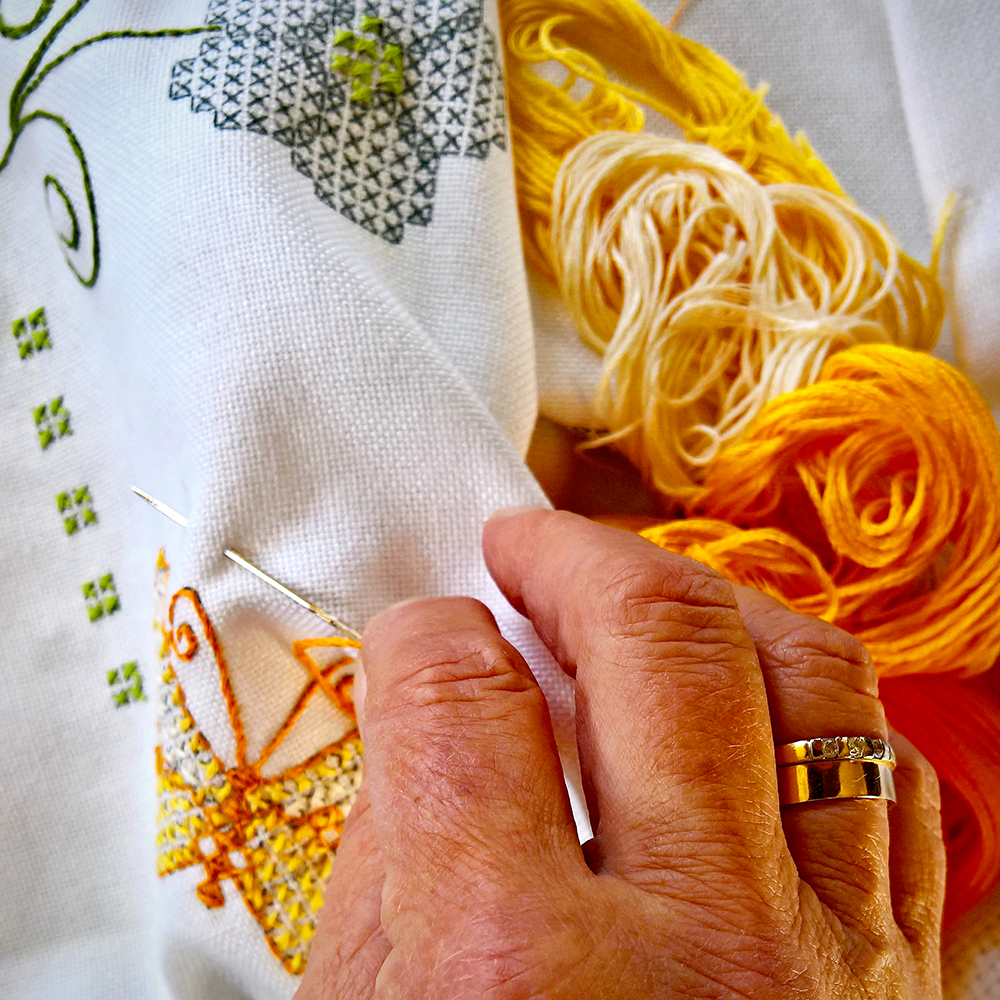

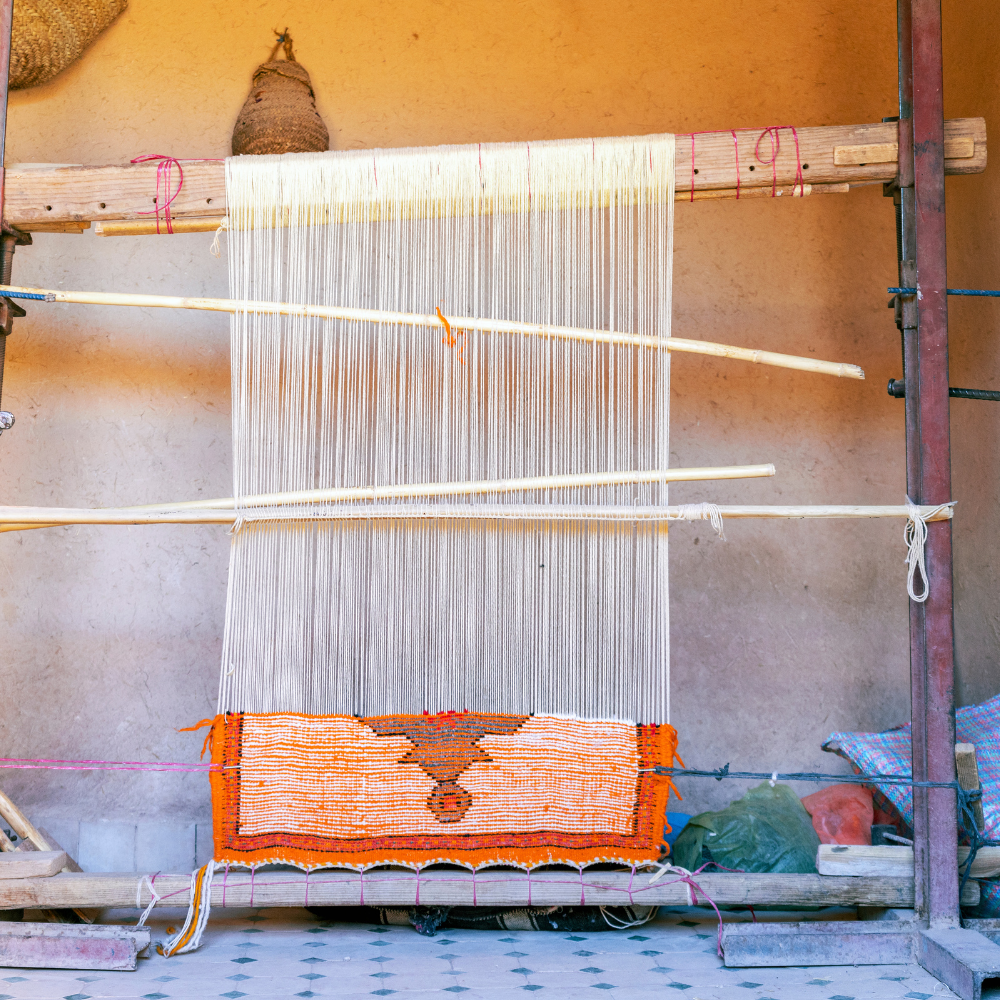
Practical Uses for Weaving and Embroidery
Weaving and embroidery can be used to create a variety of textiles, from everyday items to exquisite works of art.
In everyday life, weaving is a versatile contender.
It can create everything from clothing to home goods like rugs, curtains, blankets, table linens, and other household items.
Plus, it's an eco-friendly champ, allowing you to repurpose old threads into new creations.
Woven fabric can also be used to make accessories and jewelry; you can even create woven labels!
Embroidery, on the other hand, is a master of customization, allowing you to spruce up and personalize any item.
It adds a personal touch to uniforms, team jerseys, corporate swag, and any other fabric goods.
Monogrammed towels, embroidered patches, and applique designs can all be used to add a unique touch to clothing, accessories, or even artwork.
It's also the go-to technique for creating intricate arts and crafts and heirloom pieces that can be passed down through generations.
Plus, embroidered labels, patches, and monograms can also be used as branding tools for businesses.
If you're looking for functional fabrics that are strong and durable, then weaving is the way to go.
But if you want something more ornamental or detailed, then embroidery is the better choice.
These two ancient techniques still reign supreme in the world of textiles, with a long and rich history, and each one has its own unique strengths and weaknesses.
By understanding the differences between weaving and embroidery, you can choose the right technique for your next project.
No matter which technique you choose, they both offer a wealth of creative possibilities and can be used to create amazing works of art!
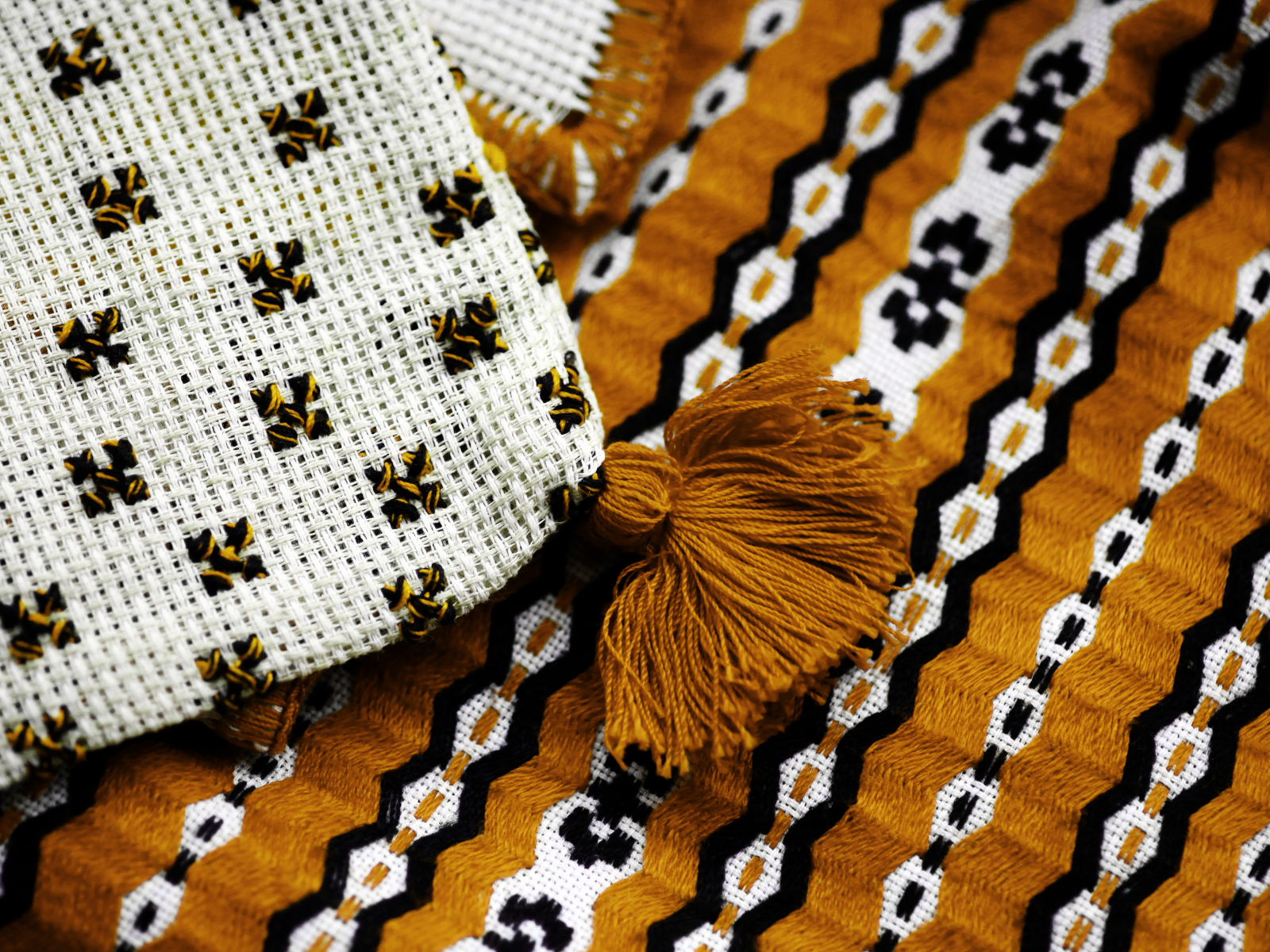


Weaving and Embroidery: Creating Tasteful Textiles
Ding, ding, ding! Ladies and gentlemen, we have a tie!
Both weaving and embroidery have their unique strengths, making them invaluable in the world of textile arts.
Weaving lets you create fabrics from scratch, while embroidery beautifies existing pieces.
So, why choose one when you can master both?
Whether you prefer weaving or embroidery, both techniques have their unique perks and allow for endless creative possibilities.
We hope this article has helped to clear up any confusion you may have had about the differences between these two techniques.
It's time to grab some yarn, thread a needle, and get ready to create something truly special and beautiful!
Now that you've witnessed the epic battle between weaving and embroidery, let's share the excitement with your friends and family!
Who knows, maybe you'll inspire the next generation of textile artists to pick up a needle or thread a loom!
So, if you're excited to try your hand at weaving or embroidery, don't hesitate – the wonders of textile art await!

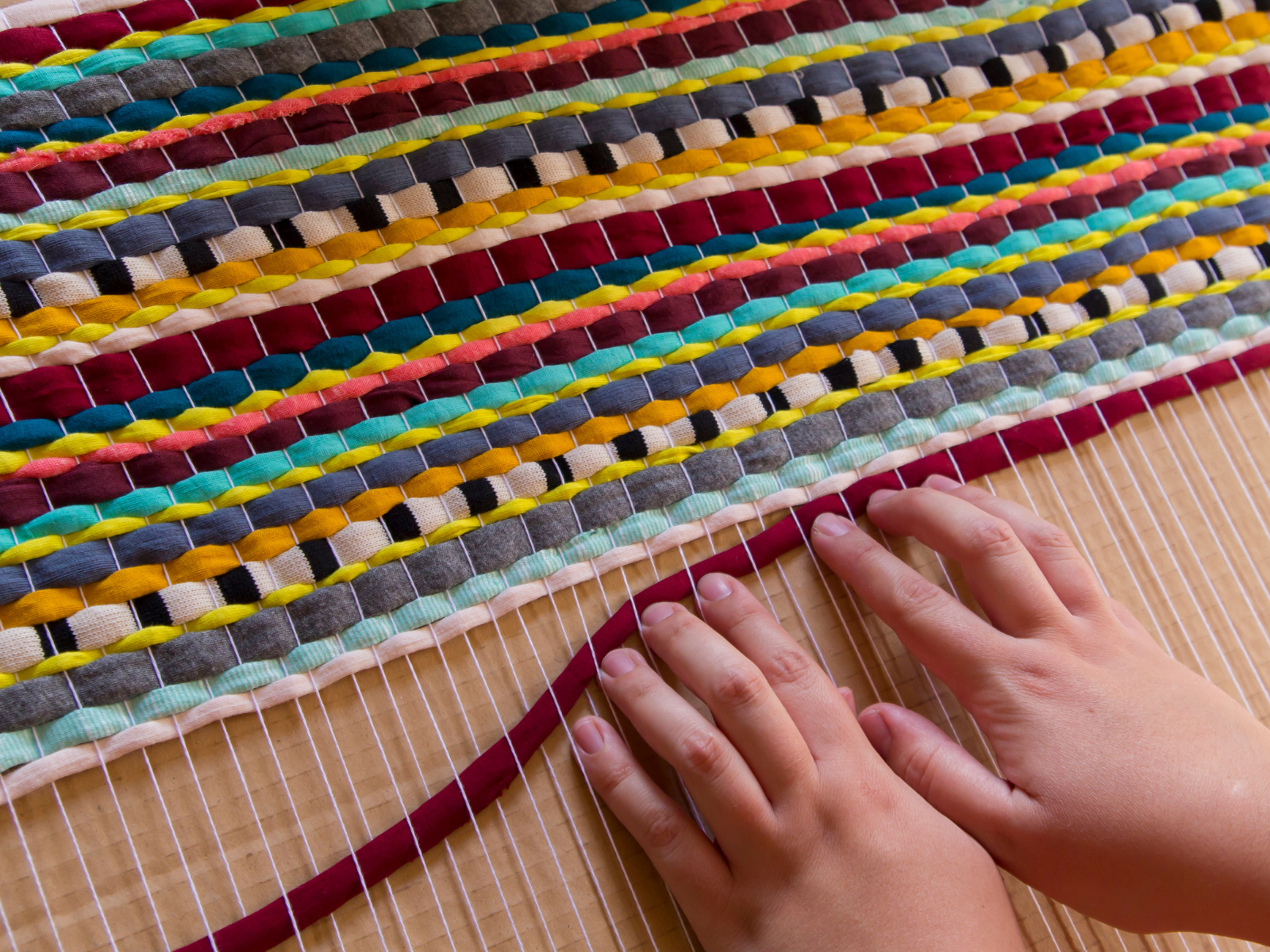
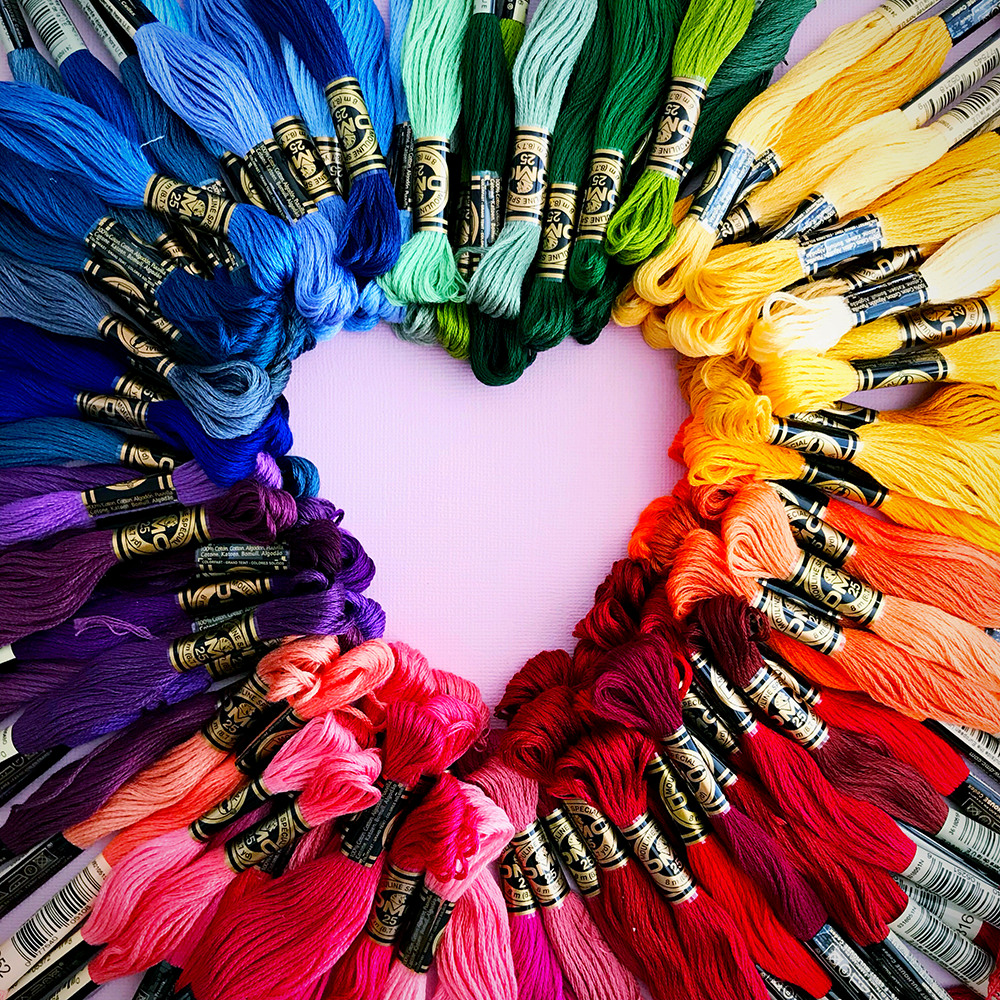
Looking to learn more about woven textiles and embroidery? Check out these videos by FittDesign Studio and Sarah Homfray Embroidery!
Want even more content about creativity and art?
Be sure to check out all of our creative chronicles!
Interested in crafting with fabrics?
Check out some of our other textile articles:
